Yunnan, Cradle of Tea Cultivation
Nestled amidst the soaring peaks and emerald valleys of southwestern China lies Yunnan Province, a land steeped in history and tradition.
But Yunnan's significance extends far beyond its breathtaking landscapes. For centuries, this region has been a cornerstone of global tea production, cultivating unique varieties and shaping the tea industry as we know it today.

A Legacy Steeped in Antiquity
The exact origins of tea cultivation in Yunnan remain shrouded in a veil of time. Historical records suggest that tea consumption might have begun as early as the Shang and Zhou Dynasties (1600 BC - 256 BC) among the ethnic Pu people. However, documented evidence points towards widespread tea cultivation emerging during the Han Dynasty (206 BC - 220 AD). This period saw the development of tea trade routes, with Yunnan tea leaves becoming a prized commodity exchanged along the "Ancient Tea Horse Road." This network connected Yunnan to Tibet, facilitating the barter of tea for horses and other goods.
Legends abound about Yunnan's early tea production. One captivating story tells of a tea master named Lu Yu, who penned the classic text, "The Classic of Tea," in the 8th century AD. During his travels, Lu Yu is said to have encountered ancient tea trees in Yunnan, recognizing their exceptional quality and potential.
A Realm of Diverse Delights
Yunnan's unique geography and climate have played a crucial role in shaping its tea landscape. The region boasts diverse ecosystems, ranging from snow-capped mountains to subtropical rainforests. This variety translates into a remarkable range of tea types, each with its own distinct character.
- Pu-erh Tea: Arguably the most famous Yunnan tea, Pu-erh undergoes a unique post-fermentation process that develops its rich, earthy flavor. Pu-erh can be enjoyed in two primary forms: sheng (raw) and shu (ripe). Sheng Pu-erh ages naturally over time, deepening its complexity, while shu Pu-erh undergoes an accelerated fermentation process.
- Dian Hong Tea: This black tea, also known as Yunnan black tea, is renowned for its robust flavor and invigorating aroma. Dian Hong translates to "Yunnan Red," reflecting the vibrant color of the brewed tea.
- White Tea: Delicate and nuanced, Yunnan white teas are minimally processed, preserving the natural sweetness and freshness of the young tea buds.
- Green Tea: From the light and grassy Bi Luo Chun to the smoky and complex Menghai green tea, Yunnan offers a diverse range of green teas, each with its own unique character.
Beyond these popular varieties, Yunnan is home to a treasure trove of lesser-known teas, each contributing to the region's rich tapestry of flavors.
Ancient Tea Trees: A Living Legacy
One of the most remarkable aspects of Yunnan's tea production is the presence of ancient tea trees. These venerable giants, some estimated to be over 1,000 years old, stand as living testaments to the region's long history of tea cultivation. The leaves of these ancient trees are prized for their exceptional quality and depth of flavor, often fetching premium prices.
The preservation of these ancient tea forests is crucial not only for maintaining the unique character of Yunnan tea but also for safeguarding the region's biodiversity. These forests provide a habitat for a variety of flora and fauna, contributing to the ecological balance of the region.
A Look Towards the Future
As the world's tea industry continues to evolve, Yunnan remains a vital player. Today, the region employs modern techniques alongside traditional methods to ensure consistent quality and meet the growing global demand for tea. Sustainable practices are gaining traction, with farmers adopting organic techniques and focusing on environmental conservation.
Looking ahead, Yunnan's future in tea production appears bright. With its commitment to quality, innovation, and sustainability, the region is poised to continue its legacy as a leading producer of some of the world's most cherished teas.
Newest Shenanigans
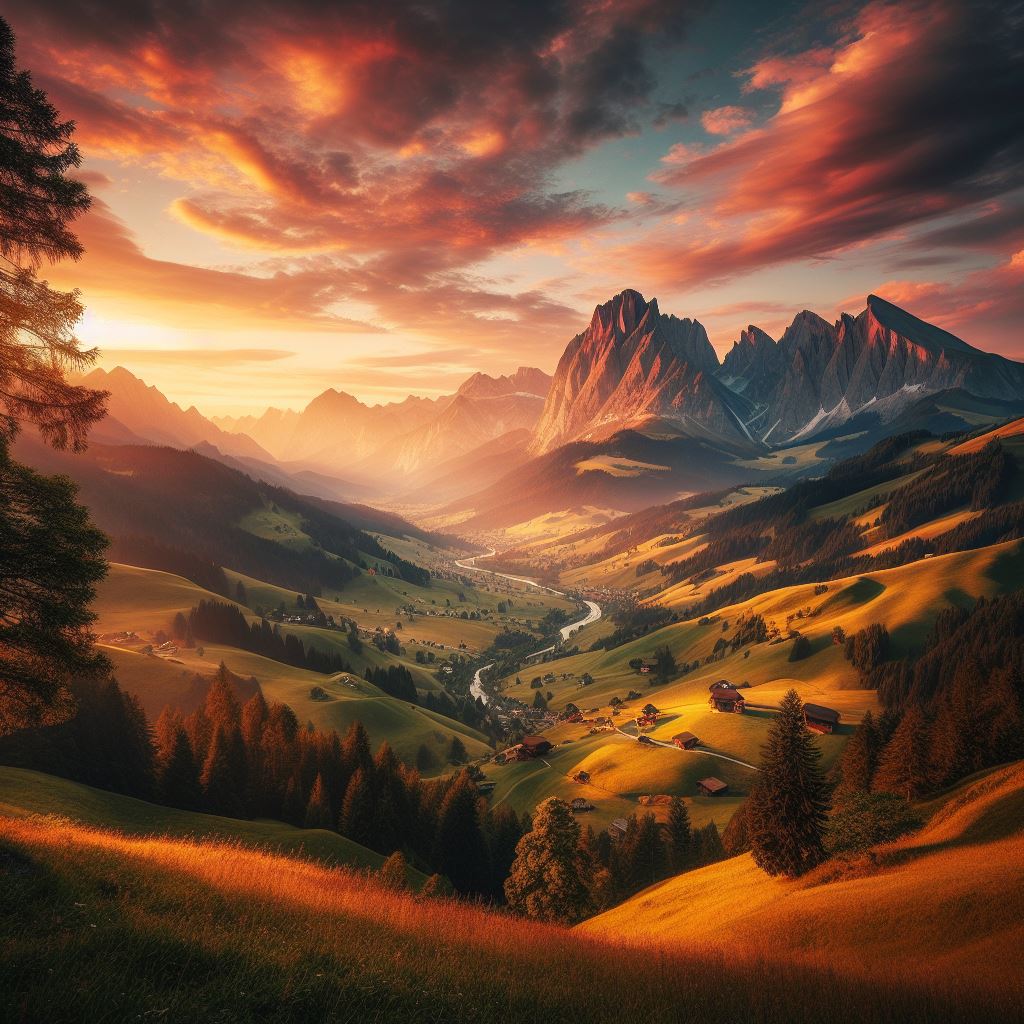 | The Enchanting Ways of Austria Austria boasts a breathtaking tapestry of landscapes, from the soaring peaks of the Alps to the rolling hills of the wine regions. |
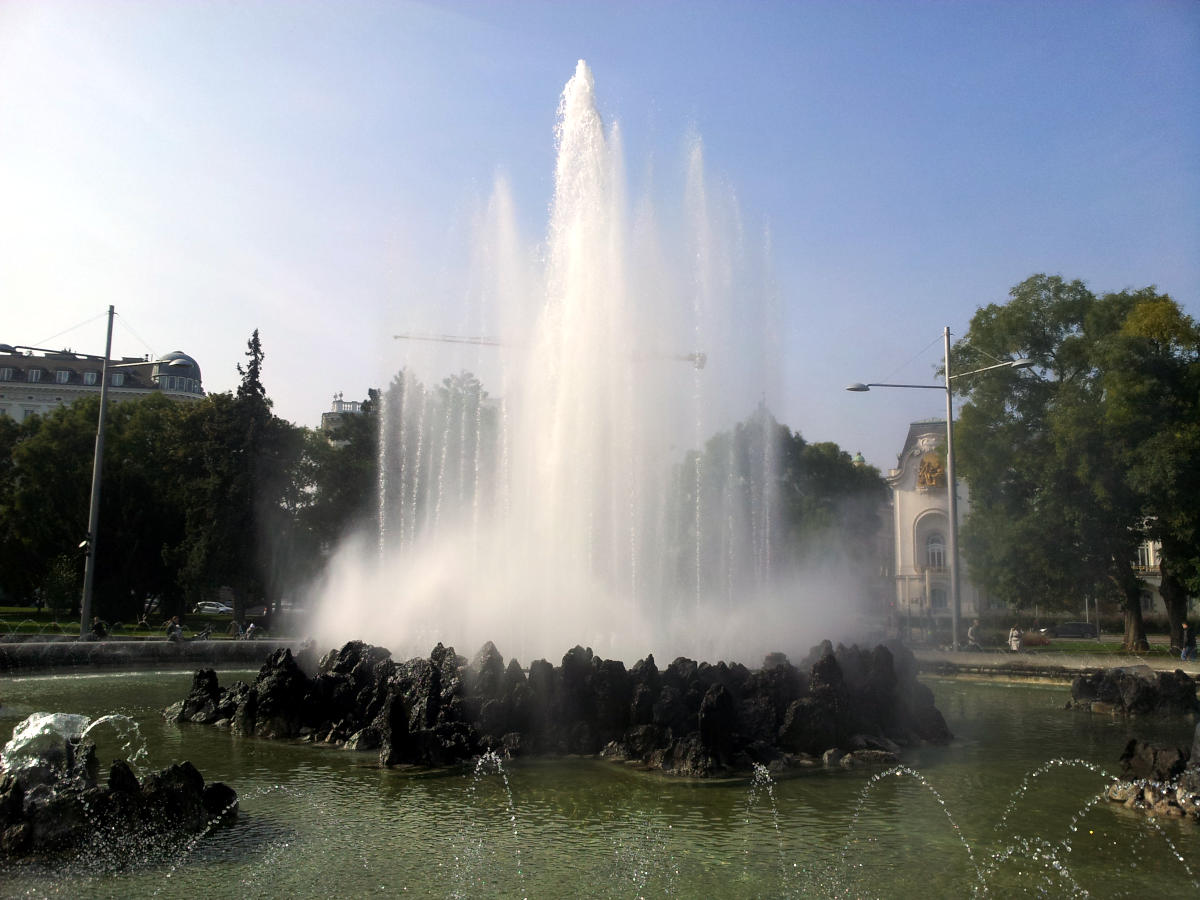 | 12 must-see attractions in Vienna, Austria There is never enough time to fully discover and appreciate a historic capital like Vienna, but we can try. So here is a list of 12 must-see attractions in Vienna. |
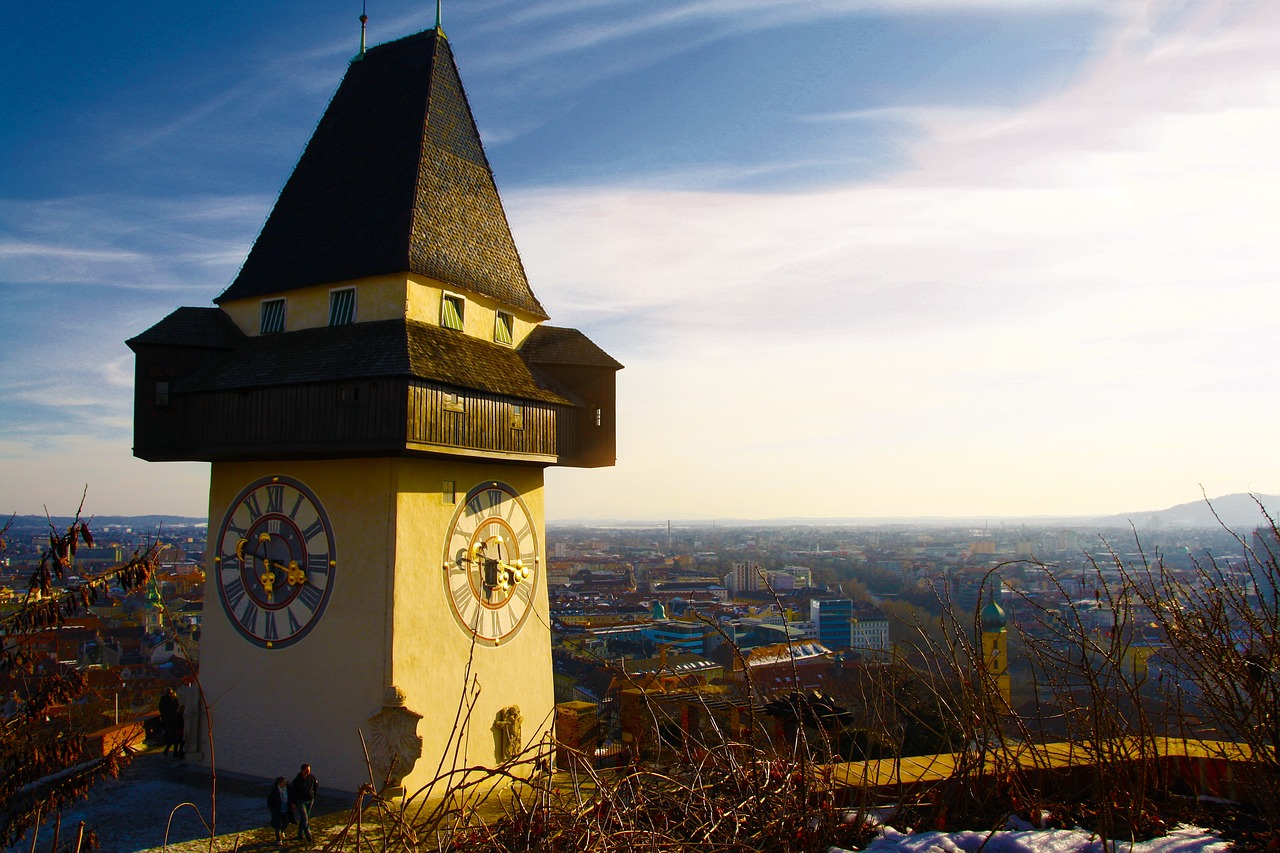 | 12 must-see attractions in Graz, Austria If you have time on your hand, I recommend to discover Graz by yourself. But time is tricky to come by these days, so here is a list of 12 must-see attractions in Graz, Austria. |
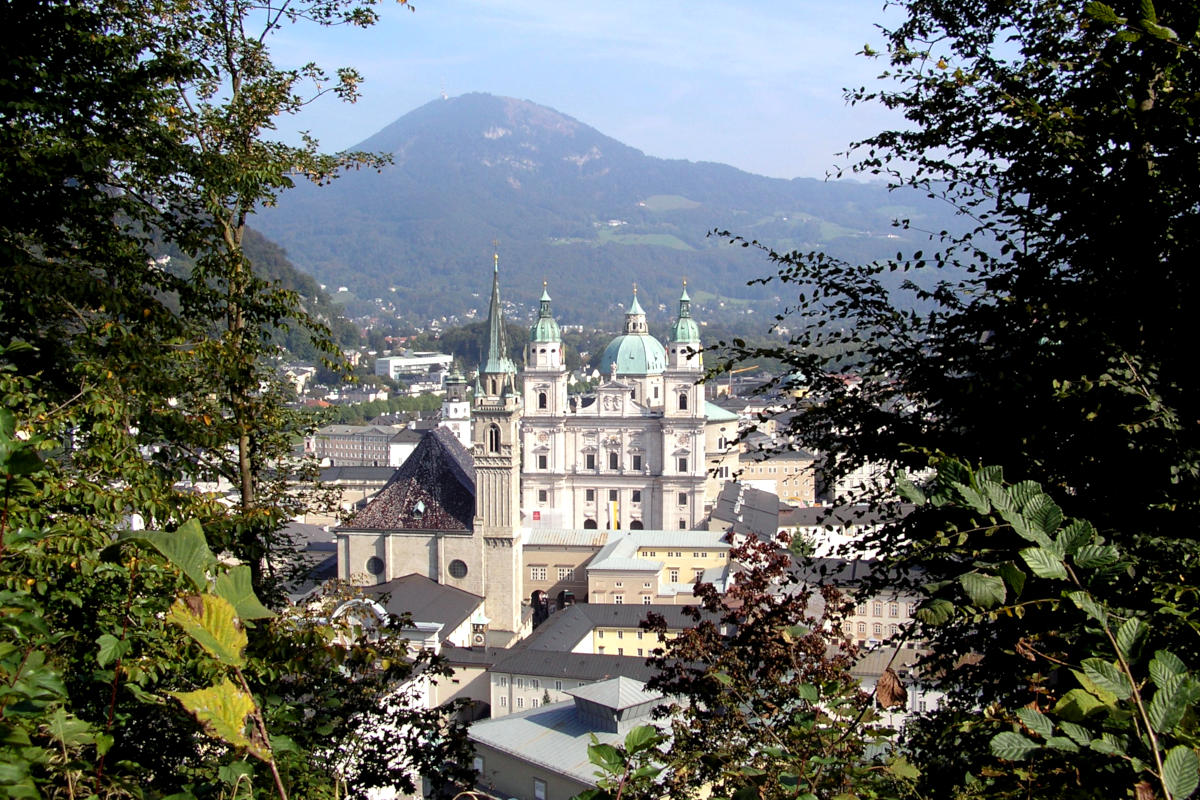 | 12 must-see attractions in Salzburg, Austria Like most places on our planet, Salzburg is a city you need time to fully discover and appreciate. However, time is always hard to come by these days. So here is a list of 12 must-see attractions in Salzburg. |
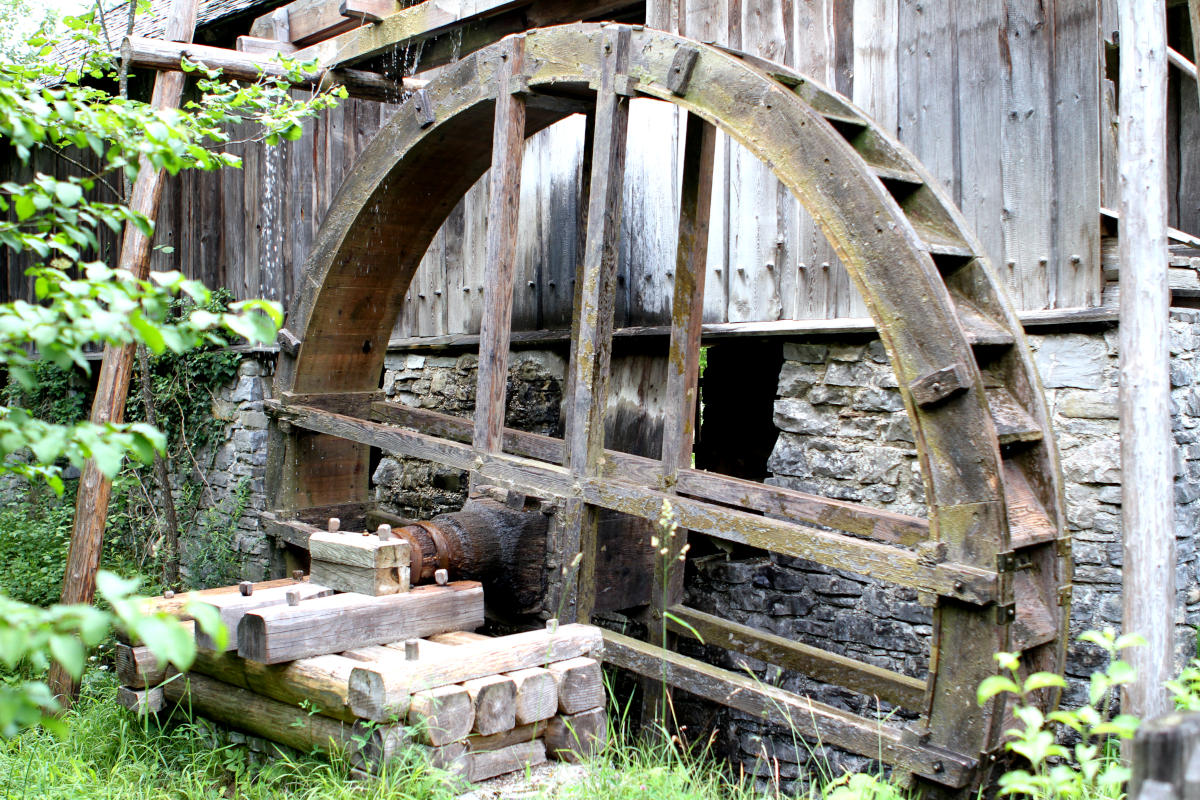 | Some museums to visit in Salzburg Salzburg is a city rich in culture and history, so naturally it features many interesting museums. By all means, the list is not complete, but I try to add the small museums too. |
 | 12 must-see attractions in Innsbruck, Austria Of course the best way to discover a city rich in culture and history like Innsbruck would be to spend a lot of time there. But since time is often an issue, here are 12 must-see attractions in Innsbruck, Austria. |
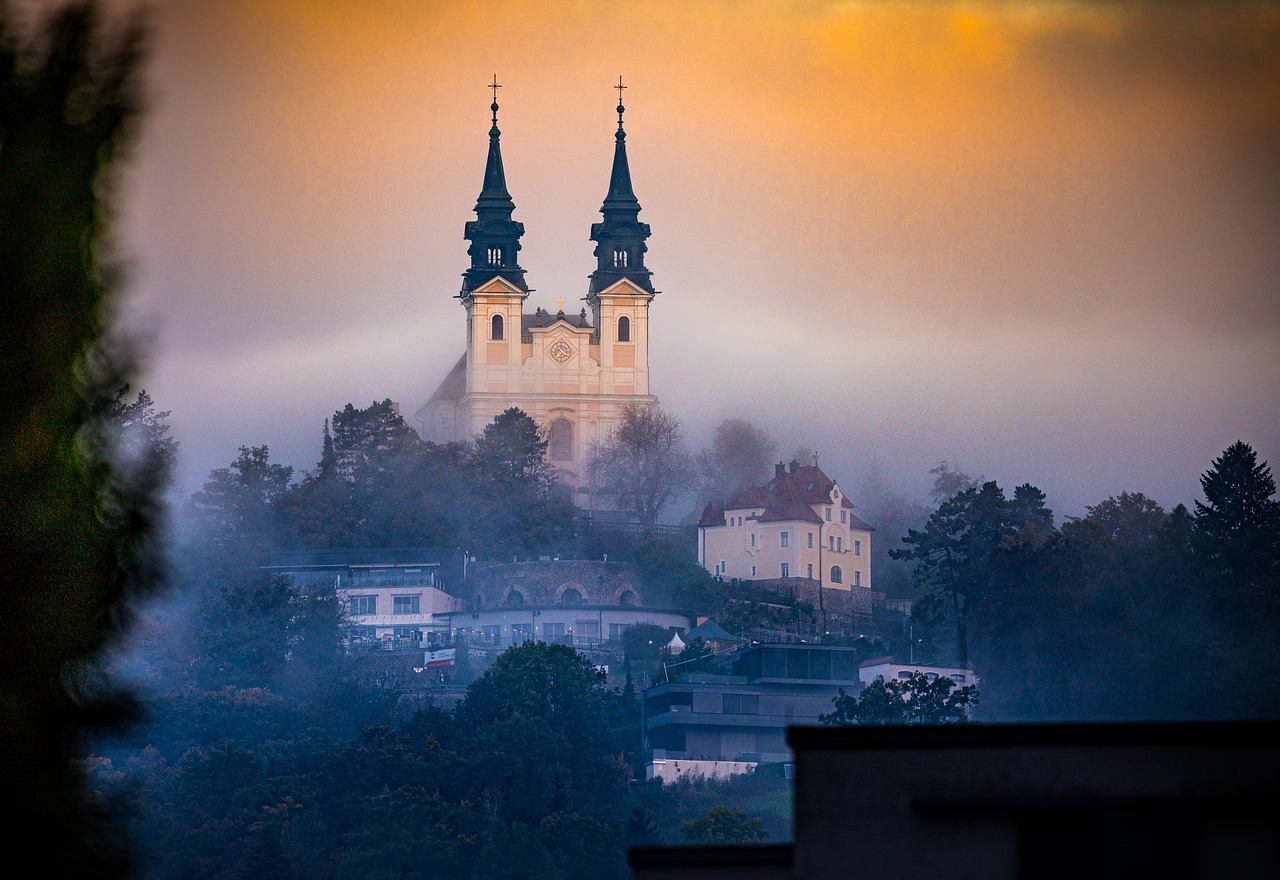 | 12 must-see attractions in Linz, Austria For us people of Salzburg, Linz is just a short hop away by train - so we can visit often. If you are short on time however, here are 12 must-see attractions in Linz, Austria. |
